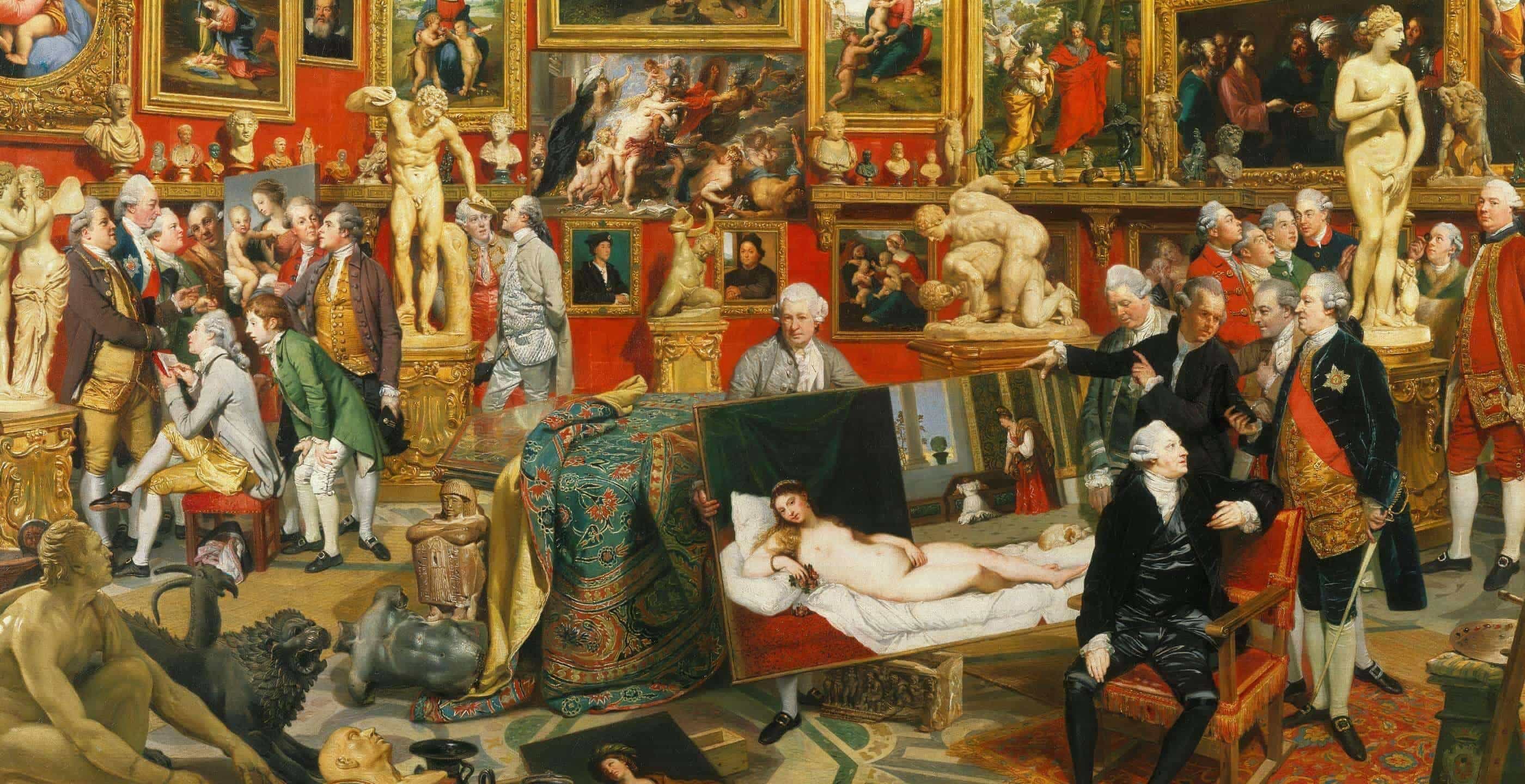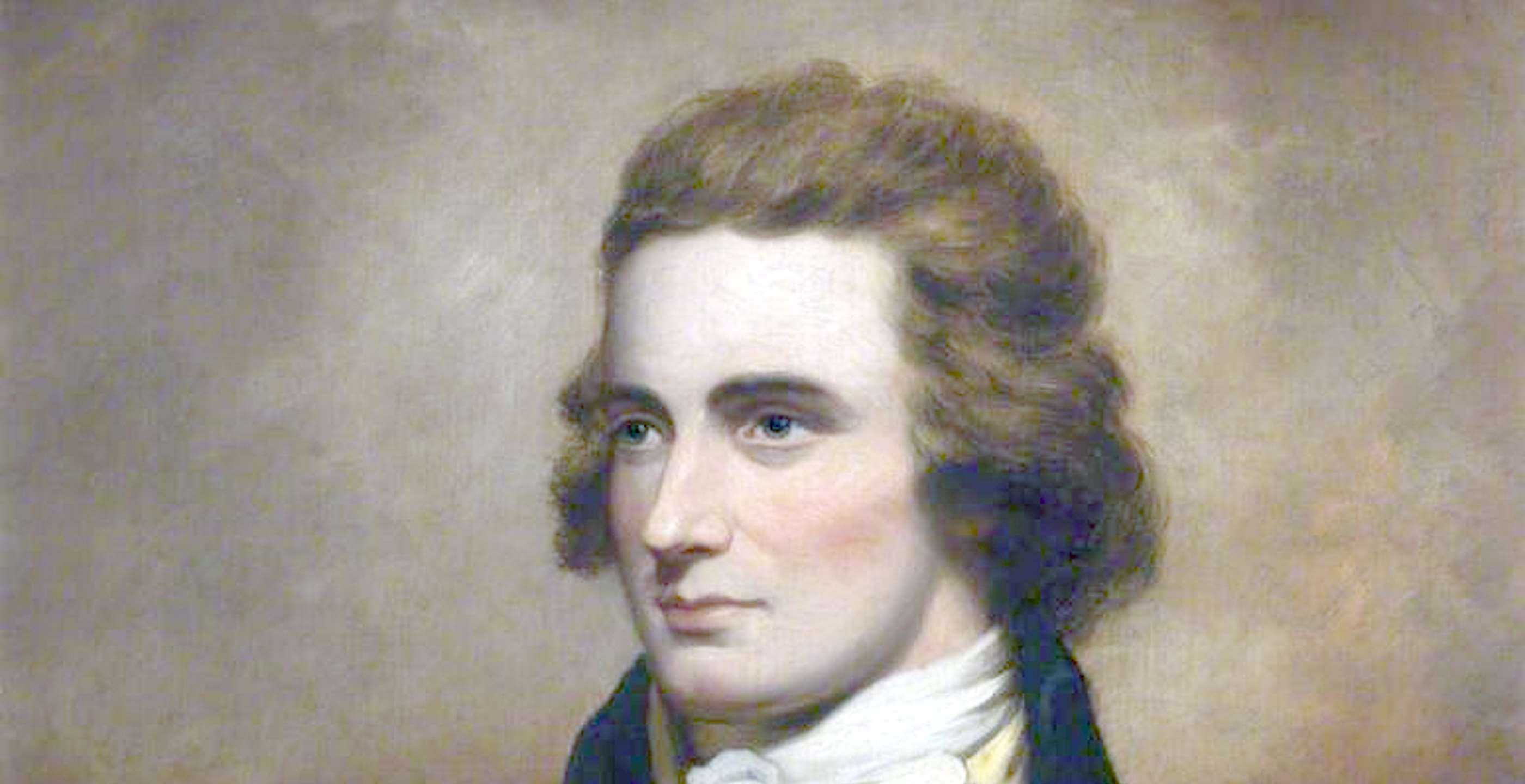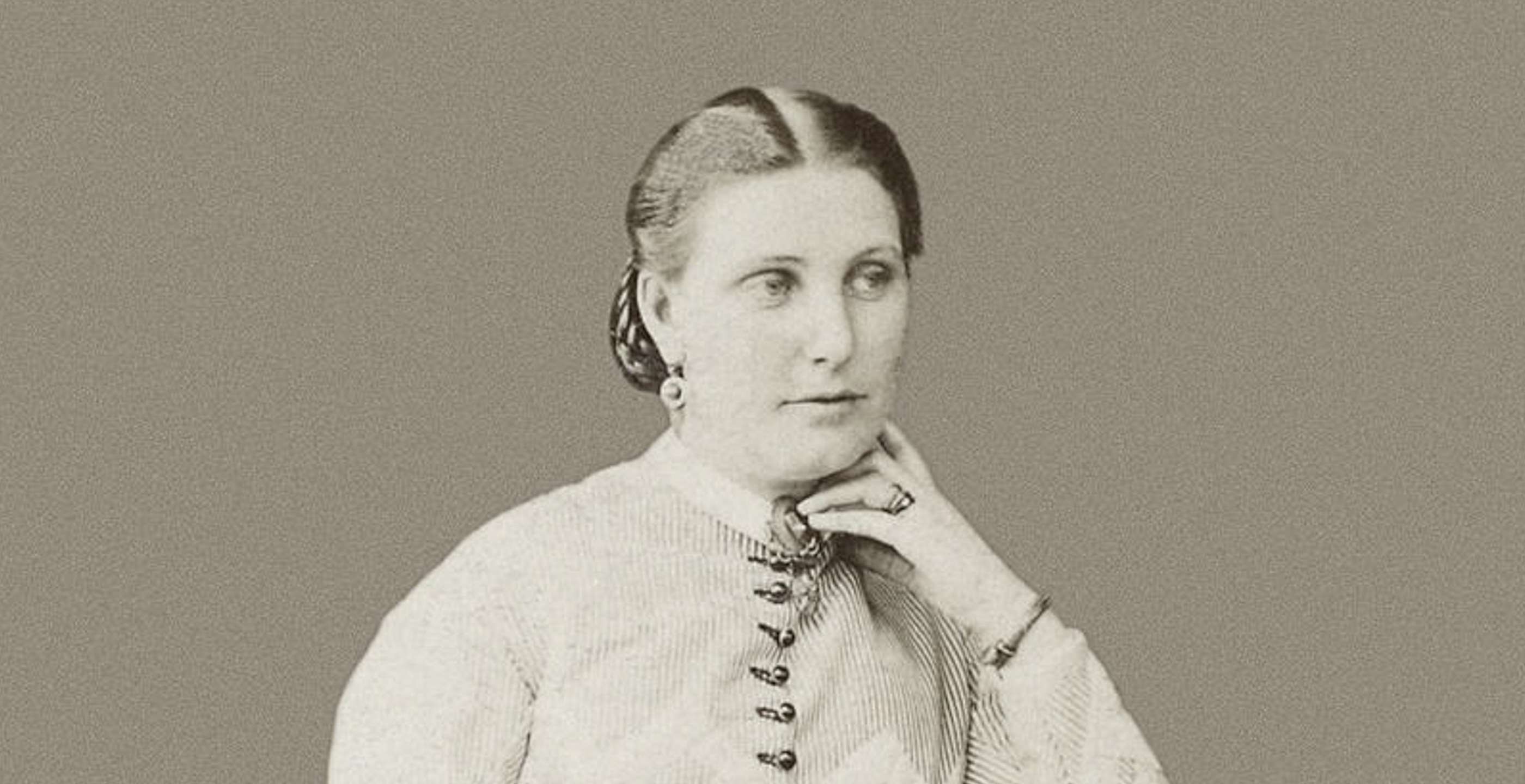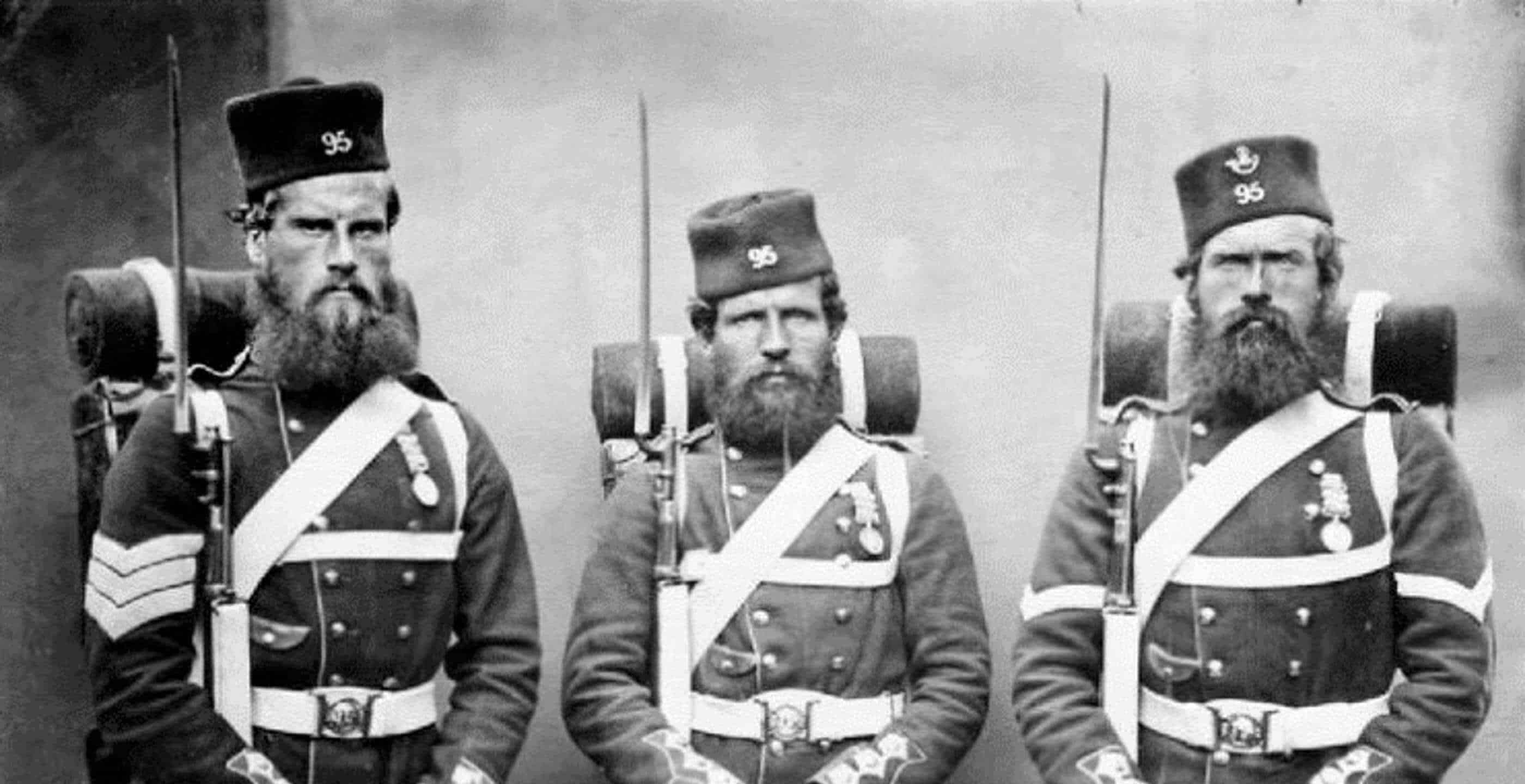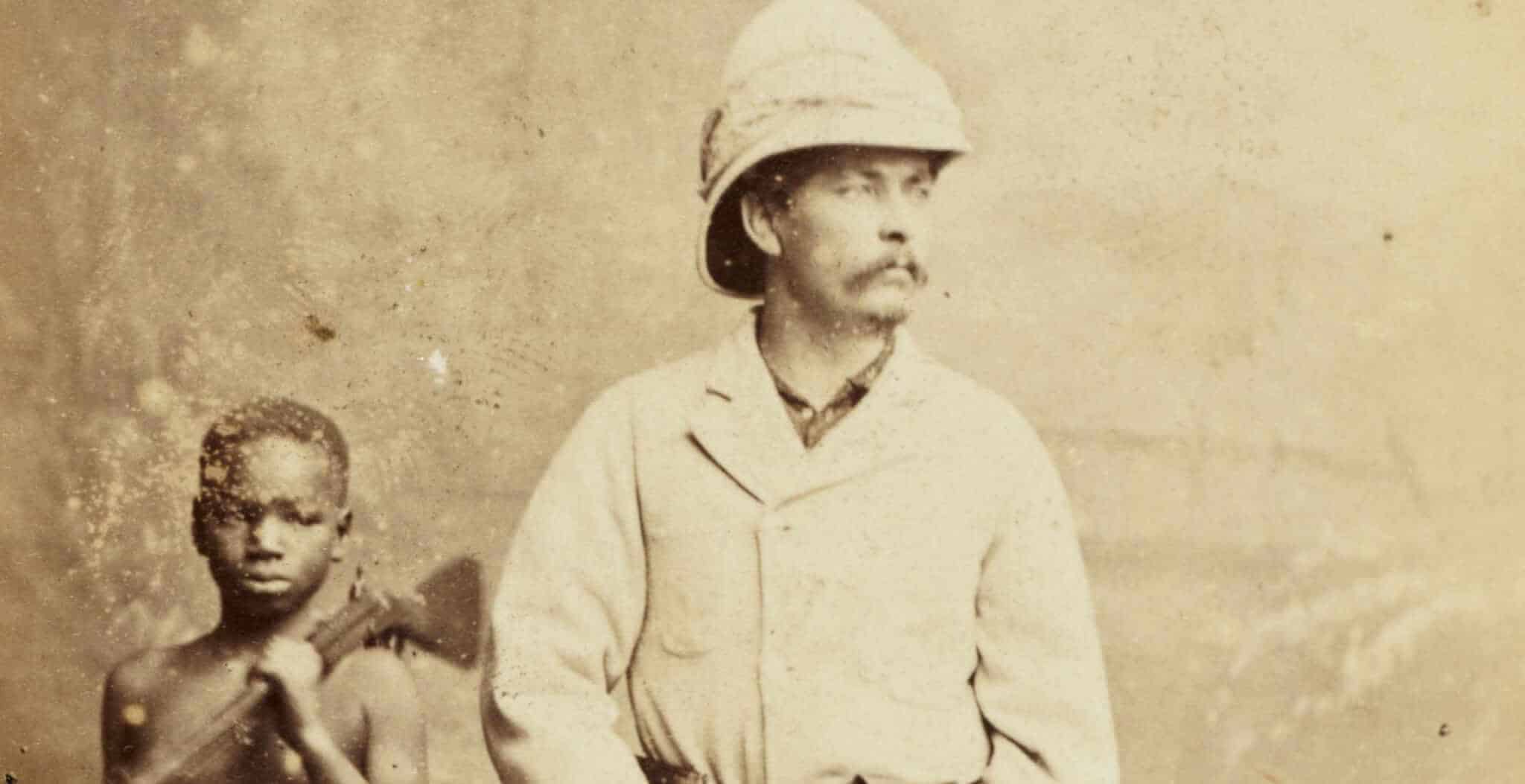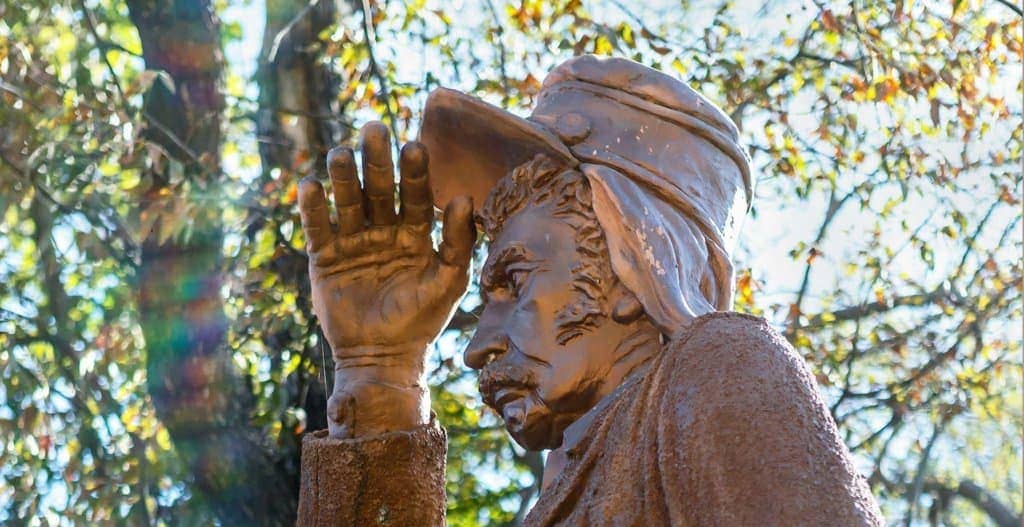James Bruce is an incredibly enigmatic historical figure, surrounded by conspiracy theories, rumours of Masonic influence and colonial interference, not to mention wild accusations and exceptional claims to fame. These incredible rumours have been whispered about the inscrutable and sometimes obstreperous Laird of Kinnaird for centuries. However, the truth is no less impressive than the fiction!
James Bruce was born on 14th December in 1730 near Larbert, Stirlingshire. His father was the incumbent laird of Kinnaird and the family were descendants of the noble Bruce family of Scotland. Bruce was educated initially at Harrow in England, ostensibly because his mother had died, but possibly to keep him away from any Jacobite influences or leanings he may have potentially developed during that time. When Bruce was 15 years old, the final Jacobite rebellion was in full swing, and was only finally defeated the following year at the Battle of Culloden.
Following his school education Bruce attended Edinburgh University where he studied law. He had no desire to practice however, and his adventurous nature led him to aspire to a career with the East India Trading Company. Alas, this was never to come to fruition. Instead, on completing his studies he married into the wine business and became a wine merchant. The marriage was not to last however: his young wife Adriana Allan died just 9 months after they were married.
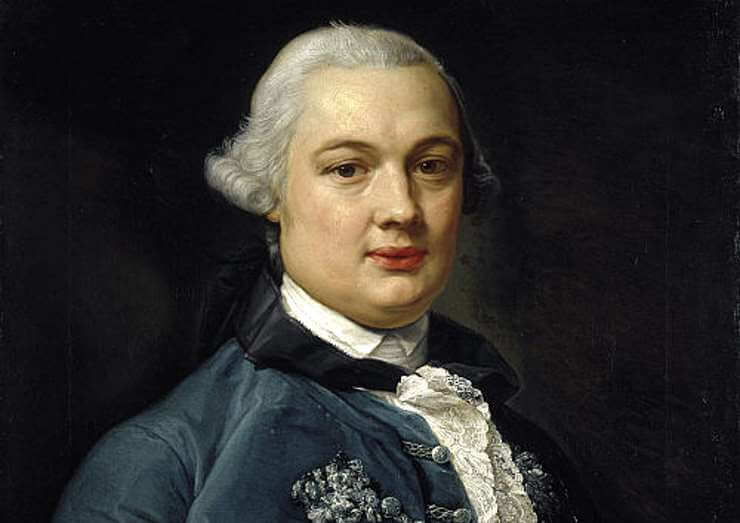
Life as a wine merchant left much to be desired for the impressive and intrepid young James Bruce. However it did allow him to travel! Bruce’s passion for languages also began at this time, when he visited Escorial in Spain. Bruce became an accomplished linguist, speaking several languages including Arabic, Spanish, Portuguese and Ge’ez, the language of Ethiopia.
He was made Laird in 1758 on the death of his father and due to the fortuitous discovery of coal on his land, became incredibly wealthy shortly thereafter. The coal on his land was used by Roebuck in a new steel making process, making Bruce’s land very lucrative indeed. This allowed Bruce to realise his ambition of travelling full-time, undertaking extensive expeditions and adventures outwith the confines of Europe! He finally had the chance to flex his adventurer muscles, and this he did.
Bruce began by travelling extensively within Europe, until he was made Consul General of Algiers in 1762. During one such expedition he was actually shipwrecked off the coast of Candia, and forced to swim ashore near Benghazi! Whilst travelling he loved nothing more than to sketch the ruins and antiquities of wherever he found himself, and had a great passion for the cultures of other nations. He had a particular interest in ancient Roman antiquities and African artifacts.
His paramount desire however, was to travel even further afield and ultimately, to discover the source of the Blue Nile, what is now called Lake Tana. The Blue Nile is a tributary of the Nile proper, as is the White Nile. Both famous in their own right, they join the Nile proper at Khartoum. You can even see the different colours of the rivers merging into one at this geographical point. The Blue Nile tributary produces significantly more fertile soil along its banks, and runs about 1,400 kilometers long. However the White Nile is actually the longer of the two at 3,700 kilometers long, and it gets its name from the white clay-like silt that colours its waters. The source of the White Nile is Lake Victoria.
From 1765 onwards Bruce threw himself into this task. He travelled among the Berbers in North Africa, the Aegean and the Levant. This only served to whet his appetite for even greater adventures, his focus turning further to his ultimate desire to find the source of the Blue Nile. He began his search in Egypt, Sudan, Ethiopia and beyond: he traversed the Red Sea and even visited the tomb of Ramses III in Thebes.
He set out from Massawa in September 1769, specifically to trace the course of the Nile. His journey was anything but straight-forward however. He was essentially held hostage by different ruling factions within Ethiopia; he nearly died of dysentery; he fought alongside Ras Mikael Sehul (essentially the most powerful Emperor within Ethiopia at the time) and even attended an Ethiopian wedding.
During this time he wrote that he did, in fact, discover the source of the Nile at Lake Tana, arriving there on November 14th 1770. But it was later disputed whether he had actually made it that far. He also tried to discredit earlier European accounts of discovering the source, particularly from Portuguese missionaries in the early seventeenth century. Following his discovery and a gruelling return journey home, Bruce finally arrived in France in March 1773, where he deposited one of his three truly epic discoveries…
Bruce’s most impressive achievement and ironically perhaps his least known, is not what virgin territory he discovered on his travels, which was arguably not very much, but what he brought back with him.
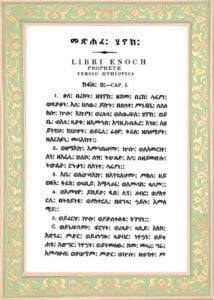
Bruce returned from his travels with three copies of the Book of Enoch. This book was previously thought to have been lost to history. The only extant copy was thought to be in Ethiopia but all attempts to retrieve it from the 16th century onwards had failed. Only fragments of the text had survived to be read; jigsaw pieces written in Aramaic from the Dead Sea Scrolls, and others in Latin and Greek. The fact that Bruce brought back three copies in the original Ge’ez language (the language of Ethiopia that they were thought to have been written in) was utterly astonishing! And a major contributing factor to the rumours that started to abound around the infamous traveller and his shocking discovery.
The Book of Enoch is an apocryphal Jewish religious book. It is not part of the Bible, or certainly not part of the original Bible, as the text of The Book of Enoch was written between 300 and 2BC. However it is related to the Bible in that it was supposedly written by Enoch who is said to be Noah’s great grandfather. There is also a small section of The Book of Enoch that is included in The New Testament of The Bible. The book was banned as heretical and is not used as part of mainstream Christianity, but is still recognised as a religious text by the Ethiopian Orthodox Church.
Bruce gave one copy to Louis XV, the king of France at the time, and this copy currently resides in the French National Library. He gave another to The Bodleian Library at Oxford and retained the third, although that also eventually passed to the Bodleian Library. All three copies remain extant and available in these libraries.
Amazingly, Bruce brings back not just one copy, nor two, but three! Three copies of this text, which was previously thought to have been lost to the West forever. This inevitably led to all kinds of accusations as to where he had come by them, and more importantly how? Add to this that Bruce was a Mason in one of the most influential lodges, a Bruce descendant, and an imposing physical figure and 6 feet 4 inches tall, with dark red hair and an irascible temper, it is no wonder that so much excitement and mystery surrounded the man.
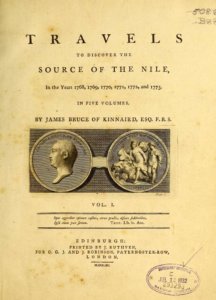
On his return to Britain in 1774 he wrote a narrative of his adventures, aptly entitled ‘Travels to Discover the Source of The Nile’ which was published in 1790. He told of his discovery of the source of the Blue Nile, and the consensus is now that he did, in fact, make it as far as Lake Tana. But he was at least the third European to do so.
In 1774 he was made a Fellow of The Royal Society of Edinburgh, joining the ranks of those such as James Young and David Hume. Although his narrative was incredibly popular, it was not necessarily widely respected among scholars and earned him as much derision as it did accolades. His tales within it were, to some, too fantastic to be true, for example he describes an Ethiopian wedding where steaks were served raw cut from the cow in front of guests! This has since been proven to be accurate, but it is no surprise that many Brits baulked at the thought at the time. He was however regarded as an accomplished explorer; even David Livingstone, the quintessential Scottish explorer, was said to have remarked of Bruce, ‘he was a greater traveller than any of us’.
Bruce died, for such a truly unique individual, not with a bang but with a whimper. He fell down the stairs at his home and never regained consciousness, dying on April 27th 1794 at the age of 63. The man may have passed on, but his three tome legacy remains, maintaining to this very day the historical importance of this truly amazing Scot, the Laird of Kinnaird, James Bruce.
By Ms. Terry Stewart, Freelance Writer.
